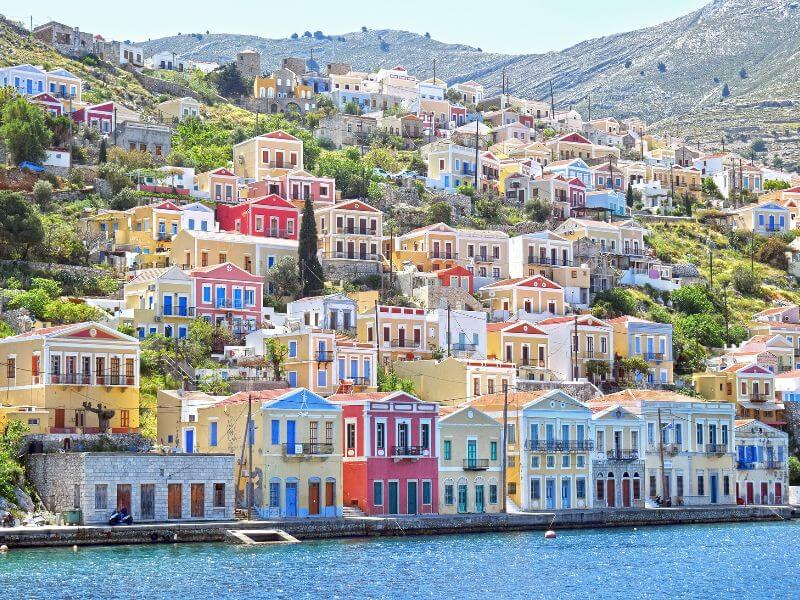The Dodecanese Islands offer a wide range of popular tourist attractions.
Here are some notable ones: Rhodes Old Town: Explore the well-preserved medieval town, a UNESCO World Heritage site, with its charming narrow streets, ancient walls, and historical landmarks like the Palace of the Grand Master.
Lindos: Visit the picturesque village of Lindos, known for its stunning Acropolis, whitewashed houses, and beautiful beaches.
Kos Town: Discover the vibrant capital of Kos Island, featuring ancient ruins like the Asklepion, a Roman Odeon, and the Castle of the Knights.
Patmos Monastery of Saint John the Theologian: Experience the spiritual ambiance of this UNESCO-listed monastery, where St. John have written the Book of Revelation.
Symi: Enjoy the colorful neoclassical architecture of Symi’s main town, Gialos, and visit Panormitis Monastery, an important religious site.
Kalymnos: Known as the “Sponge Divers’ Island,” Kalymnos offers excellent opportunities for diving, rock climbing, and exploring traditional sponge diving heritage.
Nisyros: Witness the volcanic activity on this unique island, with its caldera, crater, and the traditional village of Mandraki.
Halki: Experience the tranquility of this charming island with its beautiful architecture, pristine beaches, and relaxed atmosphere.
Kastellorizo: Discover the picturesque harbor, colorful houses, and the Blue Cave, known for its stunning underwater reflections.
Astypalaia: Enjoy the scenic landscapes, traditional villages, and the imposing Castle of Astypalaia on this lesser-known island.
These are just a few examples of the popular tourist attractions in the Dodecanese Islands.
Each island offers its own unique charm, history, and natural beauty for visitors to explore.


